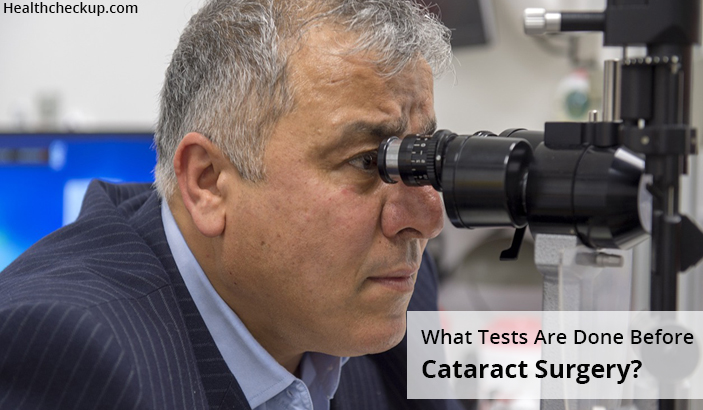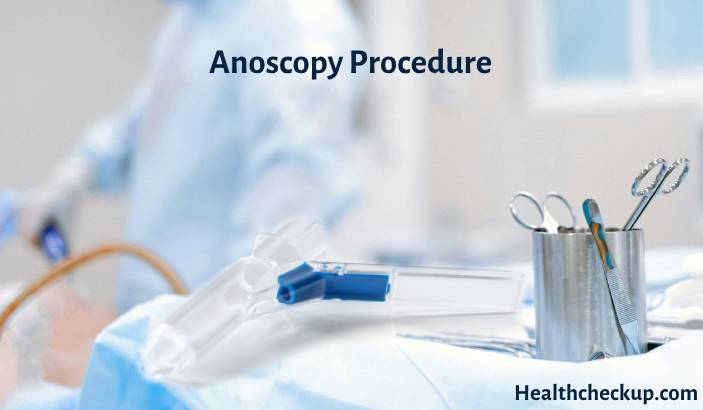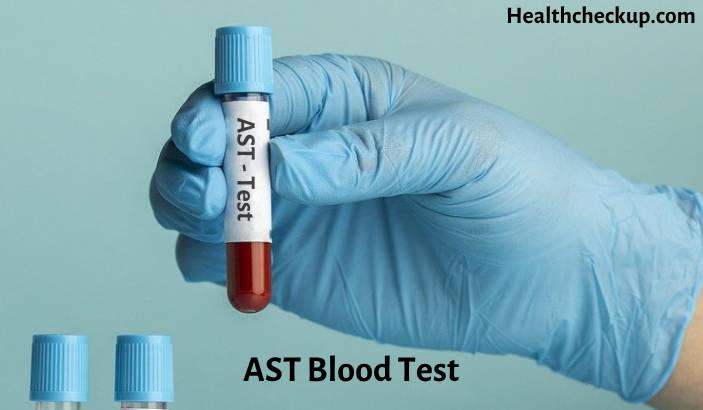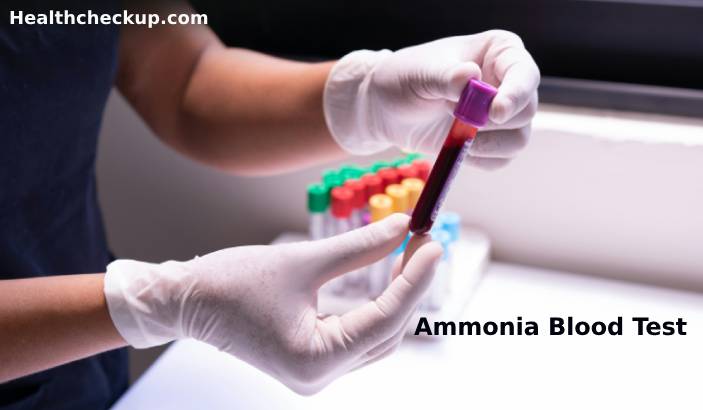What is A Cataract?
A cataract is a dense, cloudy area that forms in the lens of the eye. It starts when proteins in the eye frame bunches that keep the focal point from sending clear pictures to the retina. The retina works by changing over the light that gets through the perspective into signals. It sends the signs to the optic nerve, which conveys them to the cerebrum.
It grows gradually and in the end meddles with your vision. You may wind up with waterfalls in the two eyes. However, for the most part don’t shape in the meantime. Waterfalls are basic in more established individuals. Since it can be treated via cataract surgery. Therefore one need to know what tests are done before cataract surgery.
The Following Are Tests Done Prior To Catract Test
A Test For Your Existing Glasses Prescription
This test can be conducted by your optometrist or ophthalmologist. It is helpful for your cataract surgeon to know your current glasses remedy in situations where there is a high refractive blunder, keeping in mind the end goal to plan to revise this mistake after cataract medical procedure. This should be possible with the new intra-visual focal point embed. Or, it can be adjusted if patients are having just one eye cataract surgery and do not want to be left unbalanced after their cataract surgery (anisometropia).
A Full Ocular Examination
- The eyelid life structures and irritation. Are there concurrent conditions that could expand the danger of disease after cataract surgery?
- The condition of the tear film – Dry eye changes could make medical procedure troublesome
- The nearness of anomalies in the cornea that could make the perception of the waterfall troublesome amid medical procedure. Extra advances might be required to ensure the inward cell layer of the cornea amid waterfall medical procedure
- The profundity of the foremost assembly of the eye – In the event that it is shallow, access into the container might be more troublesome.
- The measure of enlargement the iris experiences with expanding drops. In the event that little is iris extending required as an additional progression amid waterfall medical procedure
- The kind of Cataract. Delicate Cataract can be suctioned. Hard Cataract requires more ultra-sound vitality and careful time to separate and expel. White waterfalls may require to try pan blue recoloring to envision the case.
- The estimation of intraocular weight. With this test, we mean to prohibit glaucoma and guarantee ideal control of quick pre-agent and intra-agent eye weights frequently with additional eye drops that briefly bring down eye weight.
- The expanded fundal examination to search for concurrent retinal conditions like age-related macular degeneration or macular opening development.
[Also Read: 12 Important Eye Checkups]
Biometry Tests
This is a straightforward pre-agent estimation. It ascertains the right intensity of counterfeit intra visual focal point. They will be embedded into your eye once your waterfall is expelled. Doctors measure the length of the eyeball known as the Hub Length. At that point, we measure the arch of the cornea at the front of the eye in 2 meridians. They are known as the keratometry readings.
These figures are one of a kind in each patient and are estimated consequently with a changed camera. The biometry machine at that point computes a scope of counterfeit focal point powers for a scope of refractive results (e.g. Typical Separation (Emmetropia), Long Separation (Hypermetropia) and Short Separation (Astigmatism)). In many patients, the focal point control utilized is the one for emmetropia.
The keratometry readings additionally enable the waterfall specialist to see whether there is astigmatism present and how we can diminish this astigmatism by altering the situation of the fundamental corneal opening into the eye.
Occasionally, patients with thick cataract require an alternate technique for estimating the hub length of their eye, as the standard machine may not be exact. This test includes utilizing a little easy ultrasound test, which is set on the eyelids and takes a couple of minutes to take estimation.
On the off chance that you wear contact focal points, and will request that you quit wearing them before the biometry test to guarantee your readings are precise. This is on account of contact focal points can unpretentiously change the state of your cornea. Doctors prescribe the accompanying
- Delicate every day expendable contact focal points to be expelled 48 hours prior
- Delicate two week after week and month to month expendable contact focal points 48 hours prior
- Broadened wear delicate contact focal points multi week prior
- The inflexible gas porous contact focal points multi week prior
Corneal Geography
This is a test to delineate the corneal arch in more prominent detail. This test usually arranged as an additional test if the biometry readings indicate bigger than ordinary contrasts in keratometry readings. Corneal geology can analyze keratoconus and unpredictable astigmatism. Information of this can modify our careful administration of patients.
Optical Intelligence Tomography (OCT)
This test permits point by point representation of the macula (the focal delicate piece of the retina utilized for fine vision). On the off chance that doctors presume any macula changes that may keep a patient from a visual change after waterfall medical procedure, doctors generally propose performing optical rationality tomography. It is a generally basic test, which includes sitting at a machine that takes photos of the retina in the cross area.
Circulatory Strain Estimations
It is vital to know your pulse estimations before your waterfall task. The danger of having a seep at the back of your eye amid waterfall medical procedure (supra-choroidal drain) is little (1 out of 10000). Be that as it may, is higher in the event that you have uncontrolled circulatory strain. My upper safe point of confinement circulatory strain readings before waterfall medical procedure is 200 mmHg – systolic and 100 mmHg – diastolic. There are exceptional circumstances where I have prescribed postponing waterfall medical procedure to treat hypertension and keep away from the higher danger of seeping at the back of the eye.
[Also Read: Blurred Vision 2 Years After Cataract Surgery]
Glucose Estimations in Diabetic Patients
Glucose estimations identify with my diabetic patients. Cataract surgery itself does not influence your glucose estimations on the off chance that you are diabetic. Doctors routinely measure blood sugars in diabetics before Cataract medical procedure and would suggest postponing waterfall medical procedure if the levels were more prominent than 20mmol/L as the danger of post-agent contamination is higher.
The larger part of patients experiencing cataract surgery has nearby anesthesia for their activity. This is the place the eye is put to rest and the patient stays conscious for the system.
You won’t require tests, For example, blood tests, a chest X beam, ECG or pee testing before your waterfall medical procedure in the event that you are having a nearby soporific.
Medically Reviewed By








